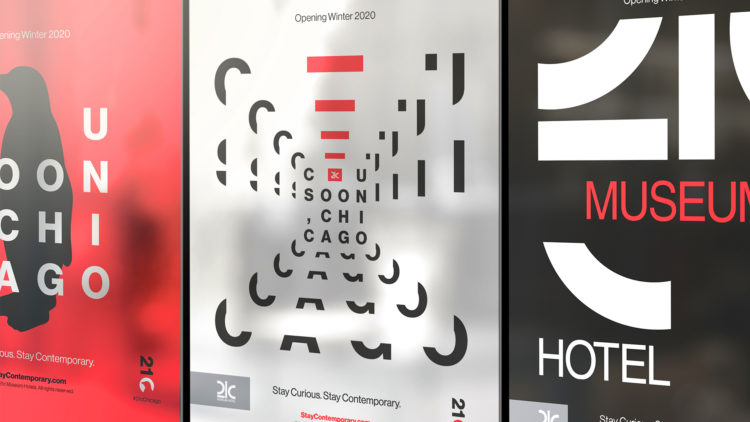Remember those one or two stories your parents always had up their sleeves to teach you a lesson as a kid? You know, their version of “I used to walk to school, uphill, both ways in the snow.” No matter the plotline, the story was told to remind you how good you have it (and likely induce eye rolling).
My mom’s version came typically after I’d complain about the leather bomber jacket or Doc Marten boots that all my other friends had and I didn’t. I was her only child at the time, and she’d quickly remind me how she had five brothers and sisters growing up, and they all were just lucky to get a few new outfits each year. Let alone $100 boots that aren’t that cute. If they wanted something beyond that, they’d have to work for it.
Looking back on my millennial entitlement before there was a name for it, I realize that I understood my mom’s story even though I wasn’t able to relate to it—I got many new outfits every year, which actually wasn’t too shabby. The reason I connected with my mom’s experience was because I compared it with my own. Seeing the difference made me feel grateful.
And if you’re wondering, her story worked. I got a job at Dairy Queen and put my Doc Martens on layaway at The Buckle. Touché, Mom, touché.
Same ideas, different stories
Marketing and advertising, I’ve found, work the same way.
It might not always teach a lesson, but storytelling is used to relate with and connect to people in hopes they’ll take action. This is done by creating parallels and analogies, brought to life through words and images. You know, the most interesting man in the world does the most incredible things, including drink Dos Equis, and you can too. No matter your athletic dream, you have what you need to just do it. And so on.
While it’s not a revolutionary idea that storytelling is an important part of marketing, culture or even daily interactions, I realized how storytelling can be harnessed as a leadership tool at a workshop led by Bill Baker that I attended several months ago. It’s something I was doing but not putting a lot of strategy against.
Think about it. A message wrapped in a story has greater impact. Telling the right story at the right time can have transformational power in educating, empowering or persuading someone. That’s why frat boys quoted the line “I don’t always drink beer…” nonstop or young soccer players aspire to play like Cristiano Ronaldo or Alex Morgan. It’s not just an ad. It’s a story that make the messages stickier.
According to Baker, leaders should have three types of stories in his or her repertoire:
Your story
This goes beyond the titles on your resume. It’s what gets you out of bed every day, drives you crazy, creates the difference you want to see. Your story gives a personal snapshot of who you are and what you do. In a pitch or client meeting, it’s the difference between “I’m Amber, an Associate Creative Director” and “I’m Amber, and I’m the day-to-day creative lead who’s passionate about bringing big ideas to life for your brand and delivering meaningful results.”
Your company’s core story
Your company’s story, like your story, goes beyond the tactical work you do and explains why you exist to serve your customers or the world. At Envisionit, we could easily say “we create websites for the internet and ads that live on the internet.” But because we have a greater sense of purpose, we “create opportunities for your company’s growth through digital marketing.”
Transformative stories
These are stories of overcoming challenges or coming together for good ol’ fashioned teamwork—we all have them and we all use them. We pull from a variety of places—our own sordid histories, stories of friends or family, tales from NPR, or even quotes that inspire us. However, it takes the right story at the right time to drive home a point to a client, convince your manager or empower a colleague. The one I find myself using often (sorry, creatives) is the story of how, as a broke 23-year-old copywriter, I struggled to write for a wealthy, retiree audience. So, my CD at the time encouraged me to tape a picture to the wall and write to a person who represented that audience, and lo and behold, I nailed it. Anyway, I’m sure you have your own that (hopefully) people aren’t tired of hearing.
My challenge to you: Tell a meaningful story today. Create some sort of change. In the meantime, I’ll be refining my story. Something like, “Hi, I’m Amber and I’m working to become a better storyteller every day.”
- Tagged in:
- creative,
- digital marketing













